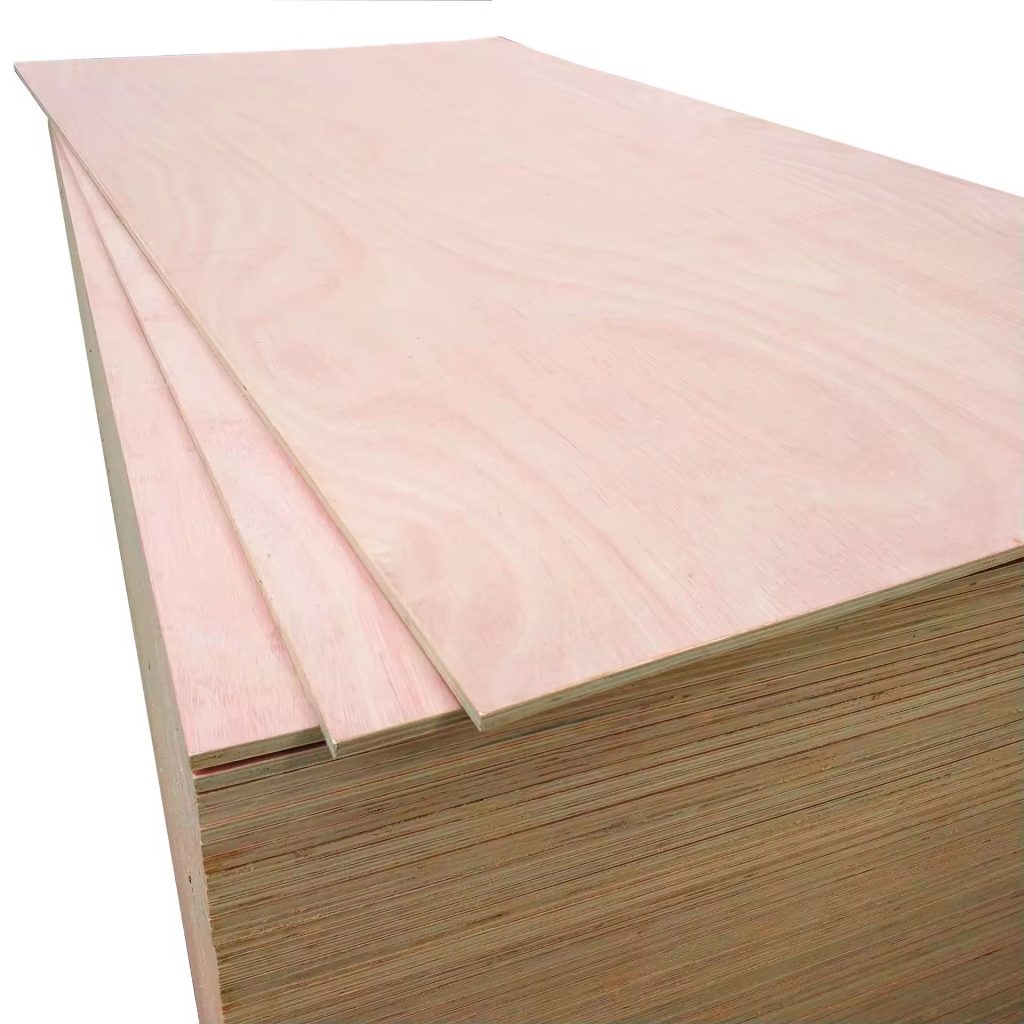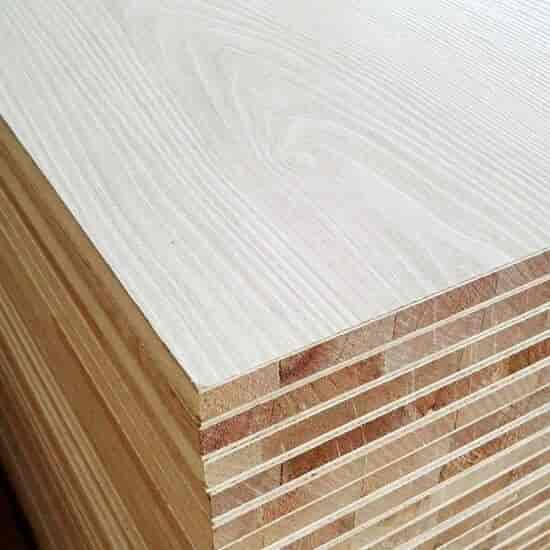Both plywood and particle board have their own characteristics, and which one is “better” depends on specific needs and applications. Plywood generally has the following advantages: 1. **Stronger and more durable**: It has better strength and stability. 2. **Resistant to warping and splitting**: It maintains better structural integrity. Particle board, on the other hand, may be more affordable and has some applications, but it is often less durable and may be more prone to issues such as warping and delamination. Overall, in many cases, plywood is considered a higher-quality option, but the choice ultimately depends on the specific requirements of the project.
Here are some of the key words:
1. **Particle board*中文刨花板* : particleboard is an artificial board made of wood chips and other fragments glued together.
2. **Particle board on walls*中文墙上的刨花板* : Particle board on walls, which may be used for decoration or other purposes.
3. **Particle board on subfloor* 中文地板上的刨花板* : Particle board on subfloor may be used as material for subfloor.
4. **Particle board on bed*中文床上刨花板* : This is less common, it could be some part of the bed using particle board.
5. **Particle board on spanish*中文西班牙语刨花板* : This expression is not very clear and may mean “particle board in Spanish”.
There are some differences in the environmental performance of particleboard.
In general, high-quality particleboard can meet environmental standards, but some inferior particleboard may have the following problems:
1. ** High formaldehyde release ** : The adhesive used may release more formaldehyde, which has a certain impact on the environment and human health.
2. ** The quality of recycled materials is difficult to guarantee ** : If the recycled materials used are not strictly treated, they may contain harmful substances.
Therefore, when choosing particleboard, it is necessary to pay attention to its environmental performance and choose products that meet environmental standards.





